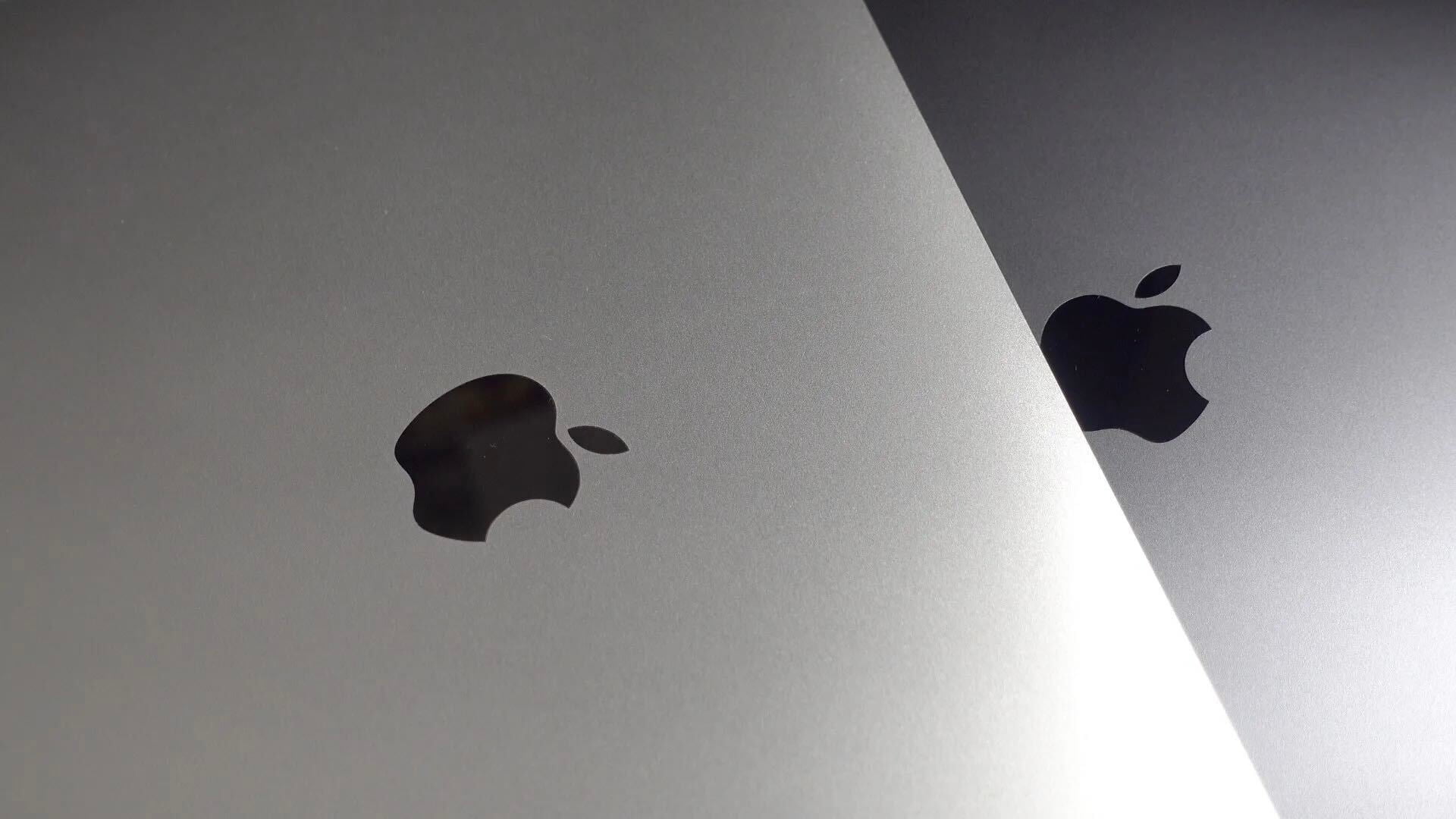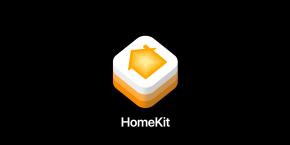With Apple stepping into the home automation arena by way of offering closer device integration through its new HomeKit API announced alongside iOS 8, just about every appliance in the home is potential for being refreshed and gaining deeper connectivity with our iPhones and iPads. Honeywell, a launch partner for Apple’s new home automation development tools, is today announcing its new Lyric smart thermostat to compete against similar offerings from competitors like the now Google-owned Nest.
Just like the Nest smart thermostat, you can control your climate remotely from the mobile software without having to interact with the display, automate your thermostat to adjust to the right temperature, and let it learn from your schedule to save you money and be more efficiently.
Unlike the Nest smart thermostat, however, it’s not owned by Google. This alone makes it prime for Apple to promote and an option for iPhone and iPad users that don’t trust the new Google-owned Nest.

Apple, of course, still sells the Nest thermostat through its retail channels, but you have to imagine Apple will be pleased to offer a smart thermostat option that isn’t owned by one of its direct competitors. Apple’s SVP of Marketing Phil Schiller even went as far as unfollowing Nest CEO and former Apple iPodfather Tony Fadell following the purchase from Google; there just hasn’t been a prominent competitor to the Nest smart thermostat thus far.
In terms of differentiating itself from the Nest, Honeywell says its Lyric thermostat includes a Fine Tune feature can intelligently adjust the temperature based on “indoor and outdoor temperature, humidity, and weather” as part of its algorithm, something it says others do not do.
As for pricing and availability, the Honeywell Lyric will sale for $279 and be available at retail starting August 2014. Honeywell says the Lyric smart thermostat is already available through heating and cooling contractors; if you want to jump to the Lyric before it’s available in retail in August, Honeywell has a directory of local contractors it supports on its website.

FTC: We use income earning auto affiliate links. More.





I installed a ceiling fan a couple days ago and lo and behold, the only way control the damn thing is via remote. I immediately saw the genius of this new home automation push. It’s going to be a giant pain in the ass when the battery in the remote dies. On the other hand, I have four other devices in the house that can control the ceiling fan if my phone dies. Fookin’ brilliant. Maybe I’ll be able to hack my fan to work with home kit. Or maybe I just had a million dollar idea.
Definitely a million dollar idea. Big Ass Fans is releasing an app controlled fan. 9to5 posted about it a couple days ago. $1000 ceiling fan.
Link not working.
Thanks, fixed.
In another year or so, these connected home products like thermostats and door locks will all be using Apple’s secure iCloud instead of rolling their own, and then … they will be worth buying. I pity all the people who jumped in early.
How many months is the projected breakeven point for a home owner who pays 300 dollars for a smart-thermostat versus a 50 dollar thermostat (or ZERO dollars for the one that’s already in your home) that doesnt connect to wifi. Its probably over 2 years or more to “save” the 250 extra spent up front, assuming it can save 10 bucks a month (a reasonable estimate). I dont see the economic value for most home owners until the cost comes down.
Right. But how long do you use a thermostat for? 15, 20yrs? Provided, of course, it lasts that long & works with your updated devices that long. So I do see your point there. If it could be forward-compatible 10-15yrs it would be nice. Probably a stretch at this point though.
Yeah, definitely a good potential investment for a new home buyer expecting to stay in the house for a decade or as a new installed item to attract buyers for someone looking to sell their house.
For people who live in extreme weather climates, less than a year. Or in my case, less than a month if the air handler runs constantly if I forget to shut it off. Been there, done that, and I’ll be installing one of these. Even with the programmable units we realized a savings of about $80 a month when it simply raised the temp a few degrees inside while the temps outside were in the triple-digits.
Yeah, I know that some places don’t even have A/C because those regions never get hot enough. But if you can micro mange enough, and especially if Geofencing comes into play with these things being able to cool/heat just when you’re down the block, it really does make a huge difference in your energy savings.
Totally worth the price.
Americans need to learn to consume less. Simply turn your lights and thermostat off when you are not at home. Dress warming in winter and lightly in summer so that you don’t need to adjust the temperature and turn it on all the time even if you are at home. Your home is not going to be frozen if you turn it off for just a few hours and you can wait a couple minutes for it to adjust once you arrive at home and turn it on.
“Americans need to learn to consume less”
Why? I hear this all the time and it baffles me. The cost of energy only goes up the less we consume. There is no energy crisis we need to be conserving for.
Wow, so many levels … “The cost of energy only goes up the less we consume.” Yes, you are right, the cost per KW does go down with volume production, that’s true, but most of us have two tiers of electric company pricing that artificially penalizes us when we consume too much by charging us a higher rate! I know, it’s counter-intuitive! Your assumption does kick in once we get up to commercial levels of consumption, though. Aluminum smelters get theirs right from the dam, and they pay the lowest rates of all.
However, when we consume more than we need, we leave behind a bigger whole in the earth than we needed to. More coal consumed, means lower prices for coal eventually perhaps, sure, but there are decreasing returns on that consumption. There is more air pollution with coal consumption. And when a product is in high demand, it’s price climbs, doesn’t it? At least for a time, until the problem gets to creative minds who figure a better way to dig up coal.
If we consume less, we will consume less of the total available in a zero sum game that most intrepid conservative environmentalists believe in. That will make other nations a tad less envious.
The individual who consumes less pays less individually, so for personal gain at least, the less you consume, the less you spend, the more you can save/invest for the future. To many this means that unless you save/invest you will have no future, and there is some logic to their argument here in the aggregate, it is true.
We conserve to prevent an energy crisis, Todd. We also diversify to solar, wind, and other energy sources for the same reason, to avoid somebody pulling the rug out from under our economy someday in the future, which is also true in the aggregate.
The logic you’ll hear from manufacturers of programmable thermostats (both smart and dumb varieties) is that this does help consume less. For example, my thermostat is set to keep the house at 60 degrees (F) for most of the day, as no one is (usually) at home. This saves me from forgetting to turn it down, thus consuming less. I imagine the smart variety are even better.
Again, that’s the logic. I have no hard numbers that demonstrate the reality.
Interesting how Apple opened up a framework for third party developers while Google bought a proprietary one. Kinda not how we are used to seeing these two players.
But alas of course Google is going to create it’s own framework for home and also the same framework for health apps.
Apple wrote a “Framework” because iOS is so locked down its the only way to do it. Google doesn’t need to because Android is an order of magnitude more open and developers can just write an app to do it. There is nothing stopping anyone from doing this on Android, In fact its been done many times. If you got out of your Apple bubble for 10 seconds you would know that.
Please provide a link. Thanks.
Because you a correct, as far I know, I don’t think Google Android has yet to offer a direct alternative to Apple’s new HomeKit platform.
So developers wrote an entire home automation framework on Android that works with multiple types of devices, so that everything has a consistent network protocol and pool of technology to leverage?
I think you’re confusing applications with frameworks. There’s plenty of iOS home automation APPLICATIONS on iOS as well, there’s nothing stopping a developer from writing an app on iOS to control a home appliance. As Nest did themselves, which was ironically iOS exclusive until Google bought them.
A true framework takes the whole idea to the next level. Unless I’m misunderstanding you, and you are implying that some developers out there wrote their own frameworks for Android that are implemented directly into the Android operating system. Android may be open, but the only party who can actively implement technologies and frameworks into the “Google certified” Android API is Google themselves.
I’d love for you to prove me wrong though.
Hahahaha! What an ignorant comment!
Of course it is possible to write this on Android, in the same way that a framework can be developed for Windows, Mac, iOS, Blackberry or anything else! iOS does not and has not ever limited the integration of a home automation framework into an App. There are plenty of Apps that do this already including Mobilinc, Iris by Lowes, INSTEON, etc. The difference is that all of the companies have developed proprietary frameworks by choice. Now Apple is creating a standard for them to all link to.
Step out of your anti-Apple bubble for 10 seconds and avoid looking like an idiot.
That order of magnitude in openness is linear w.r.t. the order of magnitude more malware than can get install on it. Actually, it’s almost two orders of magnitude with iOS at 1% malware penetration and Android at 95%. Now image an android device controls a power plants operations and a Russian hacker has a neat new Android worm…
Thanks, I’ll take the framework any day.
When you microwave a TV dinner, shouldn’t the oven recognize the dinner and set itself accordingly? Use the same symbol reader that check stands do, but add the directions (modifiable, of course). A speaker would allow ovens to manage food preparations, too. To know what you have, just ring it up yourself as you shop with your cell phone, it tells the oven what you just bought, and go on from there. And while we’re at it, how about a triangular oven instead of a rectangular one? Even a circular one would be more appropriate in a corner of the kitchen.
And don’t forget the projector (the wall, the phone, the monitor) for cooking instructions.
Modern microwaves have had sensor reheat for years. They don’t need to scan a bar code. But seriously, who microwaves food on a constant basis anymore? Yuck
Poor people.